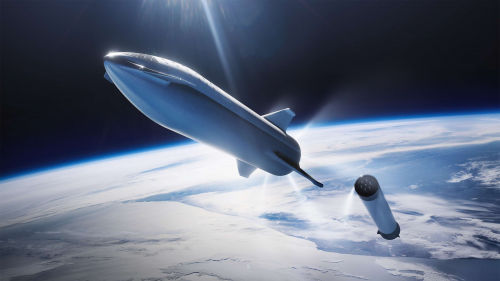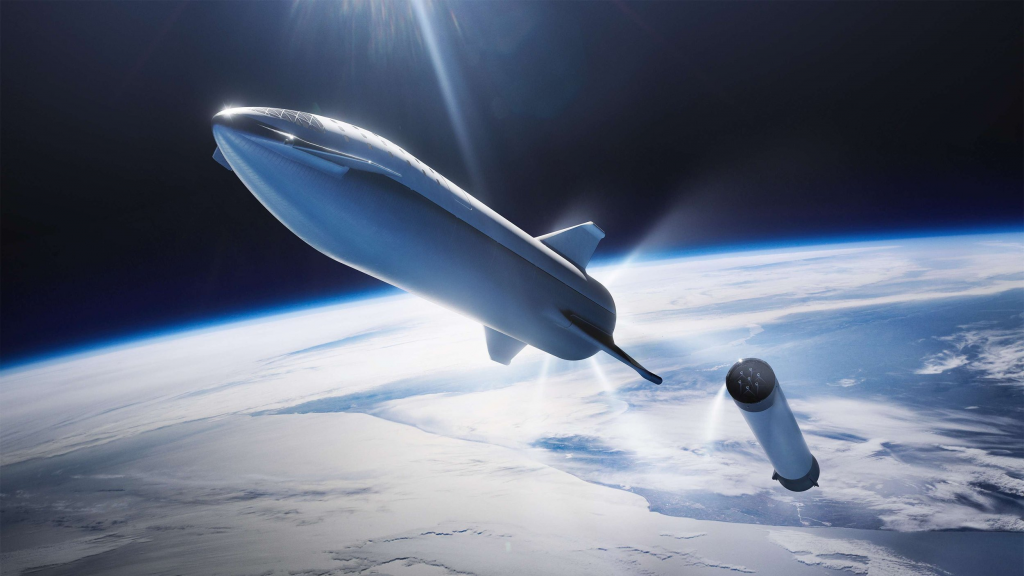government organizations and commercial enterprises for space exploration is increasing, becoming a hot topic in today’s society. Daily space exploration and development are also ongoing. In 2023 alone, more than 200 space launches were carried out worldwide, sending various scientific missions and satellites into orbit and even deeper into space.

Facing the extreme challenges of space
Although space flight has become more and more common, the space environment still poses great challenges to system operation. Space may be one of the most demanding environments in the engineering field. In space flight, any equipment needs to withstand a series of extreme conditions, including high temperature, low temperature, strong radiation, and the harsh environment during launch and the vacuum of space.
The lack of atmosphere in space exposes equipment directly to the sun’s radiation. When equipment is in direct sunlight, its temperature quickly rises to dangerous levels; while the temperature of the parts in the shadow is extremely low. Therefore, these extreme temperature conditions must be fully considered when selecting spacecraft materials. In addition, radiation sources such as galactic cosmic rays are also highly ionizing and can cause damage to delicate instruments and complex electronic circuits.
Material selection for space environment
Insufficient air pressure is also a problem that cannot be ignored in the space environment. During the spaceflight process, components may face a series of performance challenges. For example, outgassing refers to the phenomenon that gases trapped in the material are released under vacuum conditions. This is not only common in plastics, but some metals such as zinc and cadmium are also prone to sublimation under vacuum conditions. The released gas may condense on the cold surface of scientific equipment, reducing its efficiency or even causing mission failure.
Therefore, NASA and the European Space Agency (ESA) have strict recommendations for the outgassing of materials used in space applications. When selecting aerospace components, these recommendations must be followed to ensure the reliability of the components. At the same time, the components also need to have sufficient mechanical strength to withstand the acceleration and vibration during launch.
To cope with the harsh conditions of the space environment, aerospace connectors must be manufactured using the most advanced technology in the industry. These connectors are rigorously tested and verified to ensure excellent performance even in the vacuum of space. They represent the epitome of high-reliability connectors.
Pursuit of maximum durability
In addition to coping with the challenges of the space environment, aerospace design also needs to consider durability. Space missions may last for several years, and once a device fails, it will be extremely difficult to repair. Therefore, designers and engineers must ensure that every component of the device has a high degree of reliability.
Durability also plays a crucial role in power planning. Remote probes operate on a very limited power budget, and any unnecessary resistance could jeopardize the success of the mission. Therefore, connectors designed for space applications are made of high-performance materials and coated with a thick layer of gold to reduce resistance and minimize power losses.
Low-resistance contacts also have other advantages. On space probes, the currents generated by high-precision measurement instruments can be very small. For these tiny currents, low contact resistance is critical to increasing the likelihood of detecting critical signals.
Given the durability requirements, the materials used in connectors for aerospace applications need to be carefully selected to reduce interference and provide optimal performance. Manufacturers must ensure that the magnetic signature of any component is minimized to prevent interference with precision scientific experiments. At the same time, the connector housing can also prevent electromagnetic interference (EMI) to ensure the accuracy of scientific observations and the safety of sensitive instruments. This is another important reason why aerospace connector housings are gold plated.
The Importance of Aerospace Connectors
Connectors play a vital but often overlooked role in aerospace applications. Spacecraft are often made up of multiple subassemblies that need to be assembled together before launch. Connectors provide the critical interface for these systems to ensure they work together. Aerospace connectors are designed to the highest standards in the interconnect industry and therefore represent one of the most robust products on the market today.










